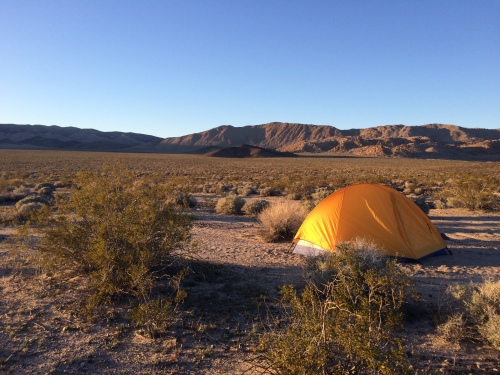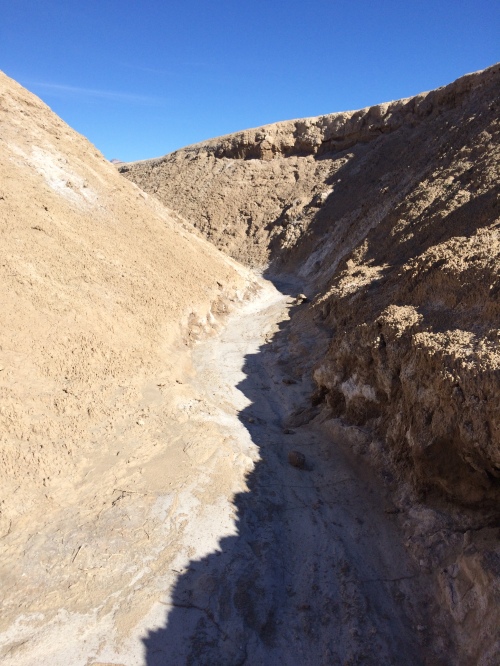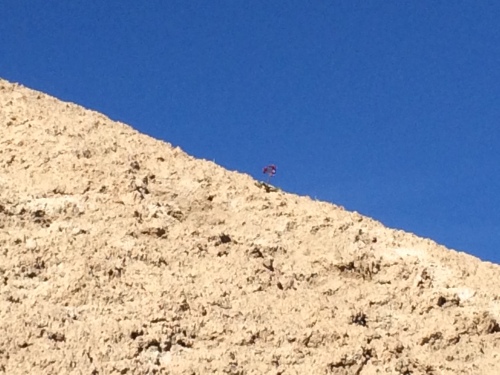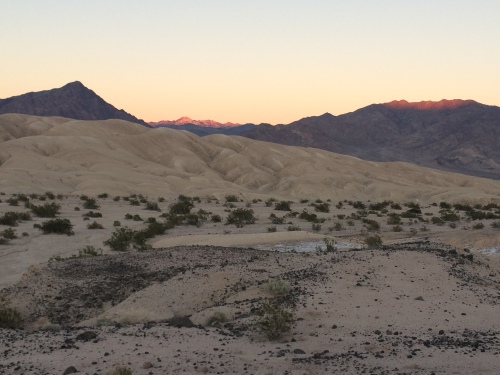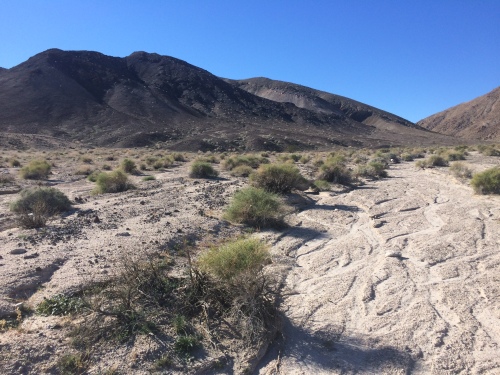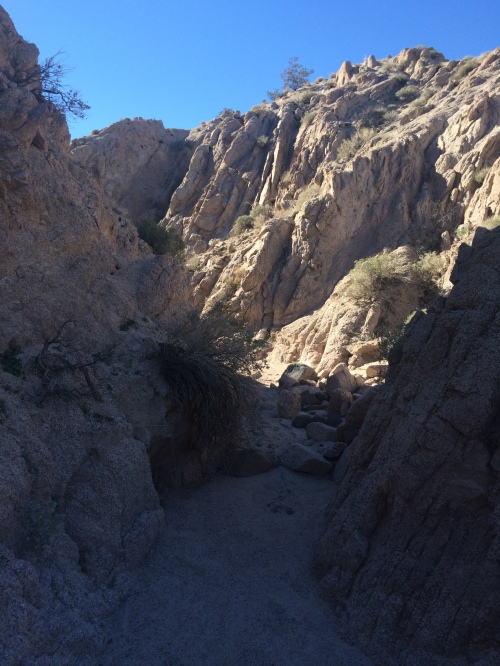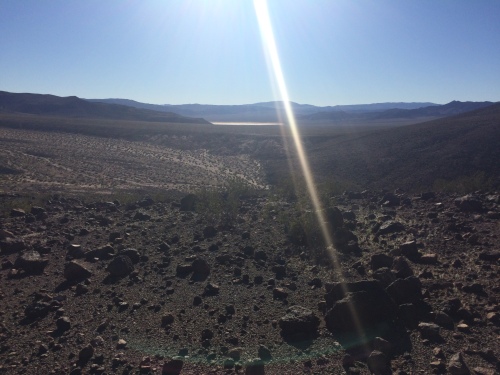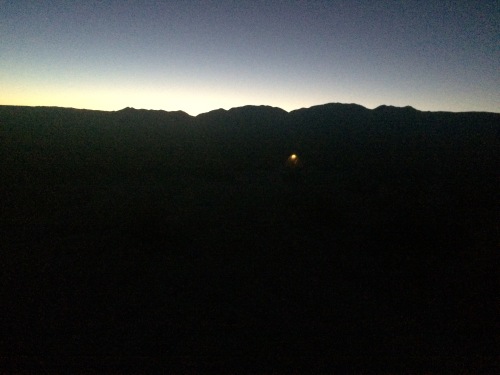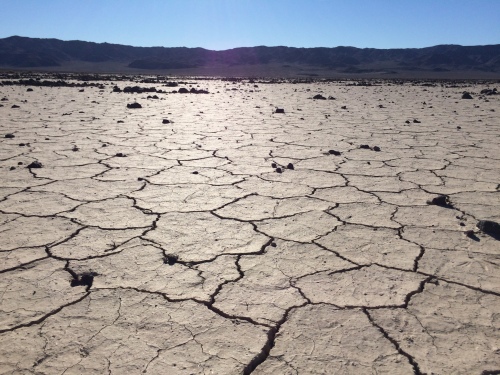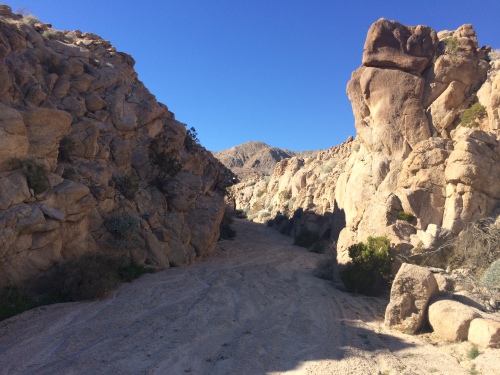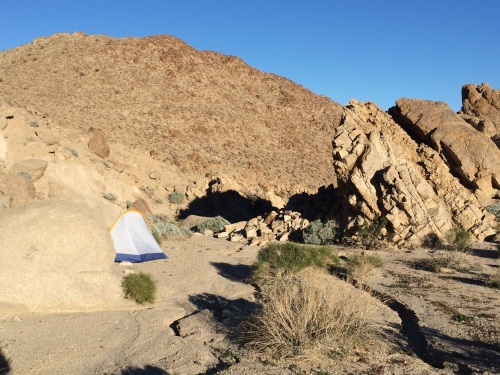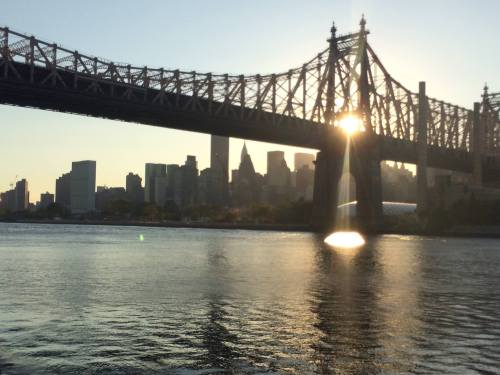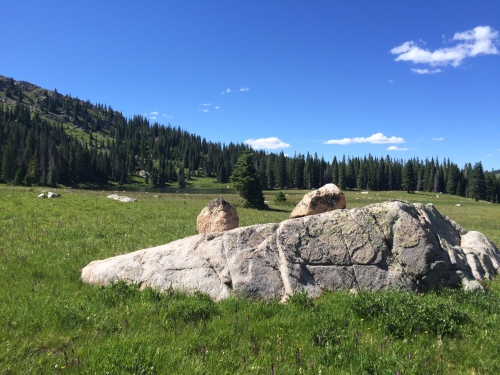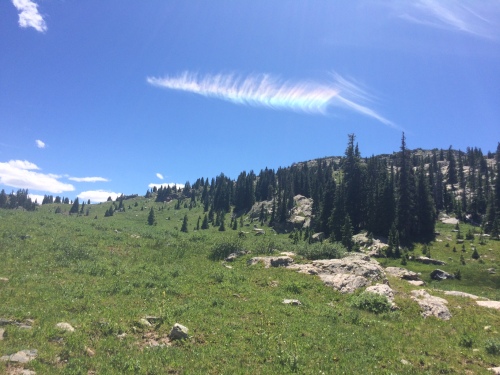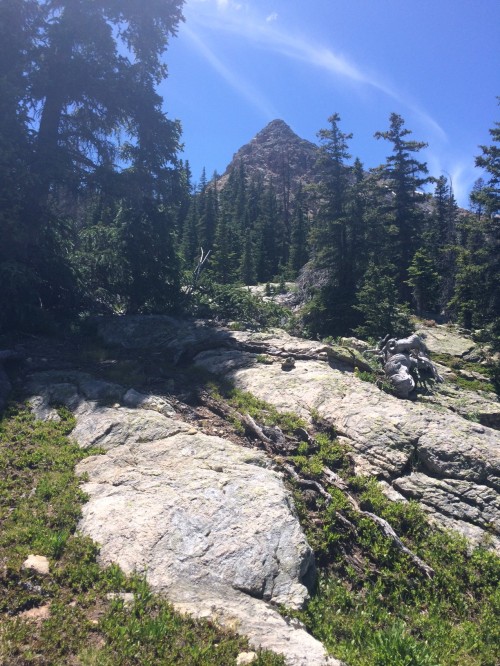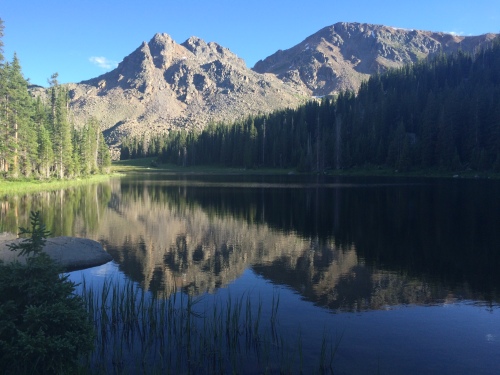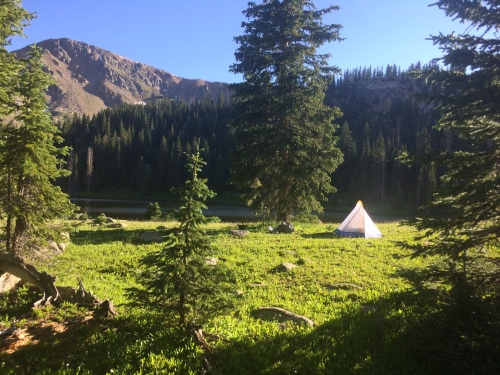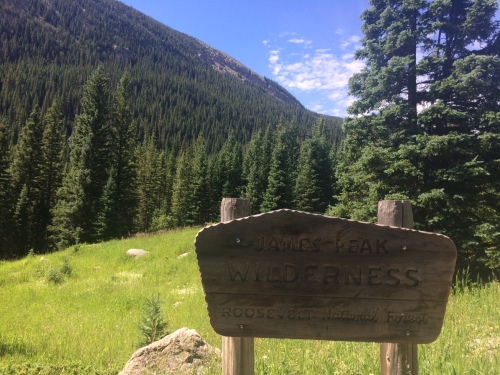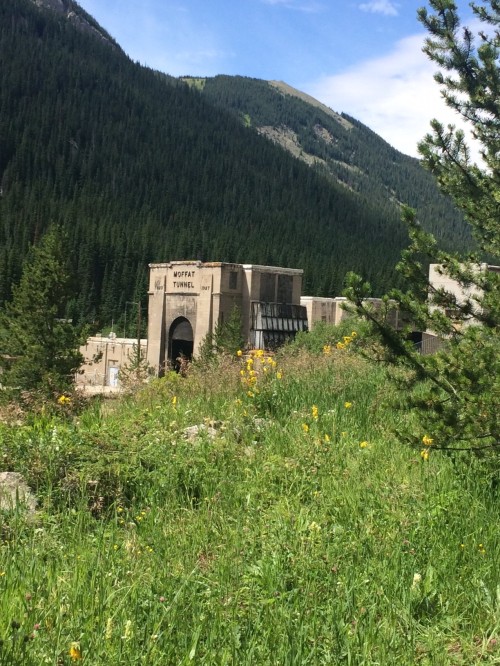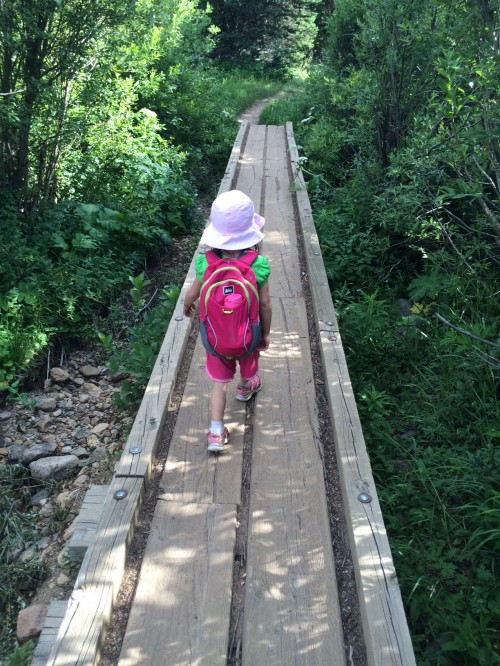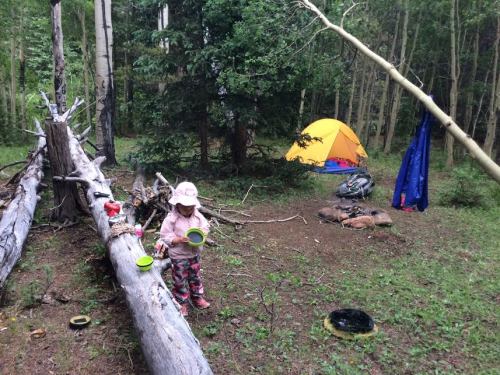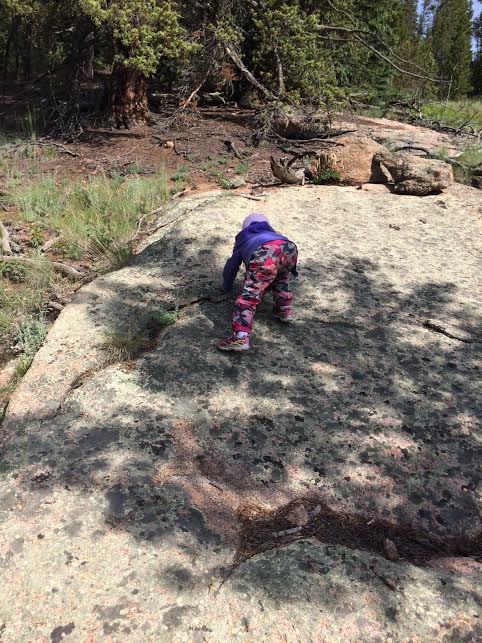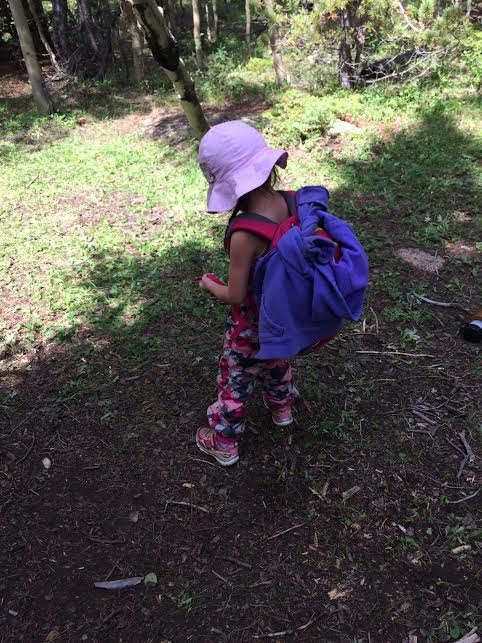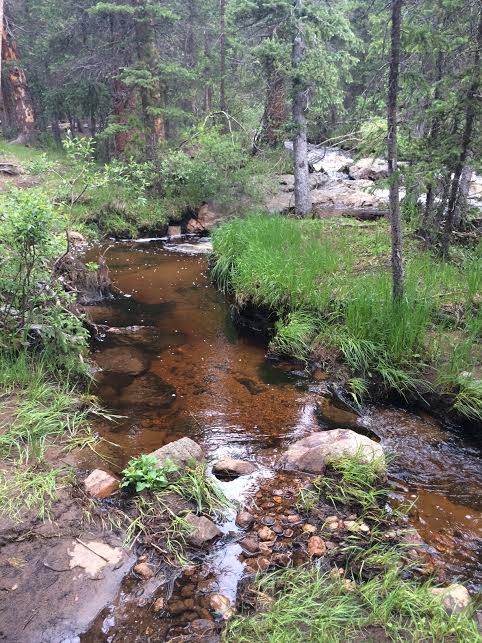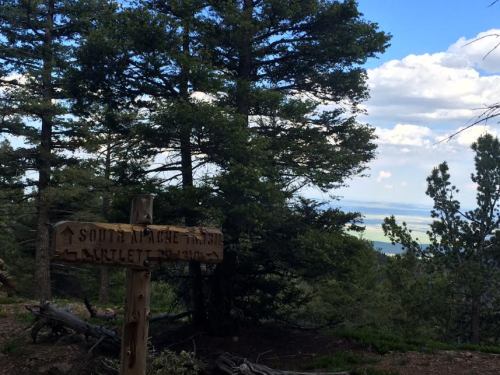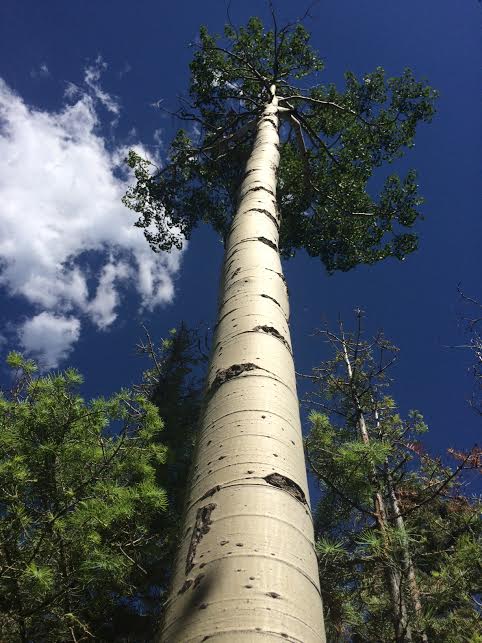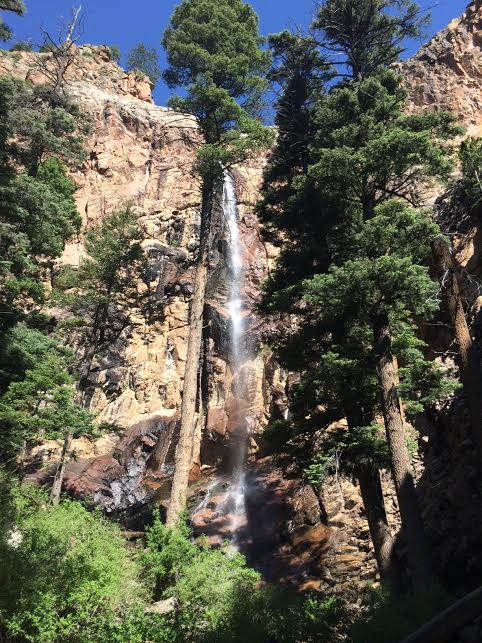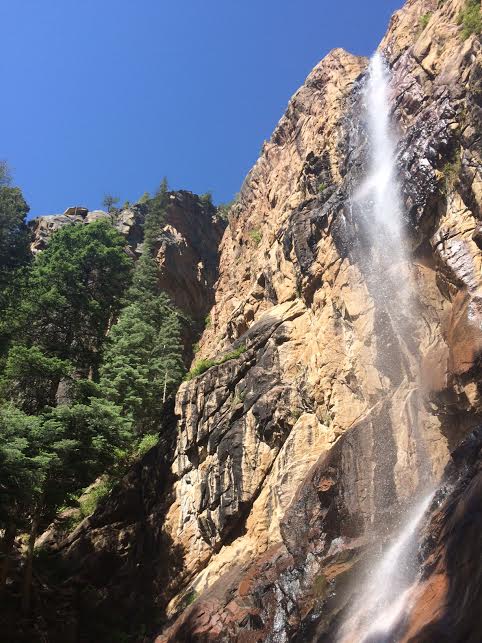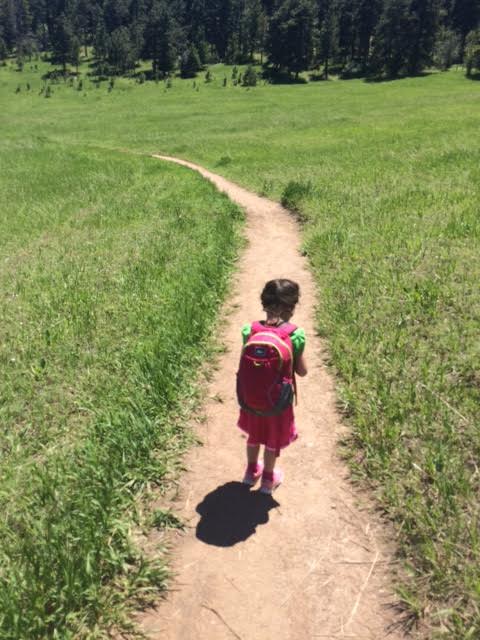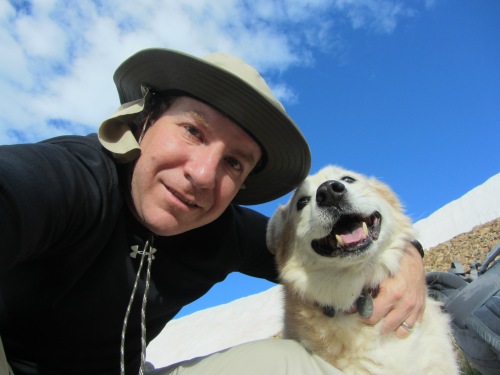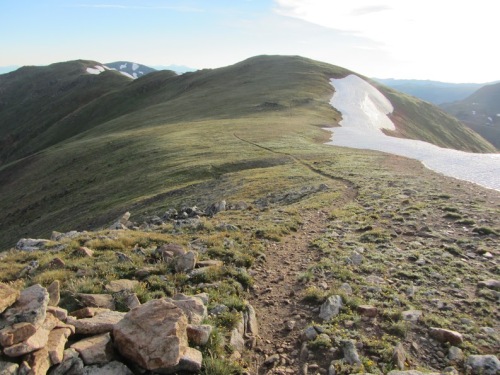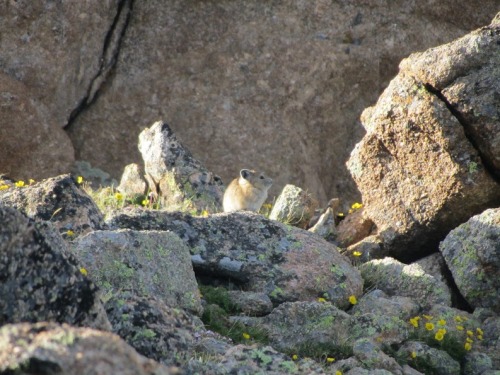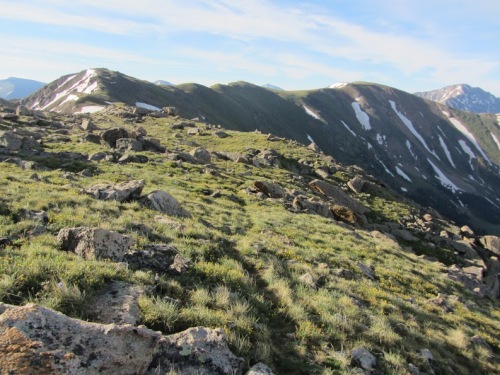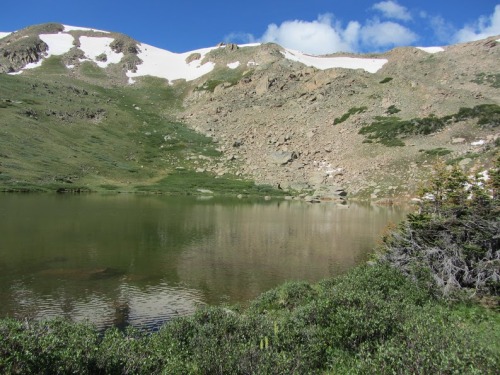In September of 2014 I paddled a kayak alone down 52 miles of the Green River through Utah’s Cayonlands National Park. It is said to be America’s finest flatwater river trip. And, it almost took my life. This story is a testament to the old adage that bad things can happen when we least expect it.

There is no terror like facing impending death. I have made the classic fatal sequence of those who drown: panic then exhaustion. The current has me pinned to the middle of the broad river. If I could stand I would collapse in exhaustion. But, there is nothing to stand on and nobody there to throw me a life line. I’m about to go under.
The prospect of facing down death was far from my mind when I giddily drifted my kayak into the Green three days ago.
The legendary Green River of the American West begins as a trickle of glacier melt high in Wyoming’s Wind River Mountains. It first runs north as a rippling mountain stream before doubling back and finding its true southerly course. Downstream from the town of Green River, Utah, the Green is wide, muddy, and placid for its last 120 miles, twisting between the layered cliffs of Southern Utah canyon country. It finally merges with the Colorado in the heart of Canyonlands National Park.

Fully loaded and ready to launch at Mineral Bottom
Day One on the River
Today, after much anticipation, I finally I push my sit-on-top kayak into the muddy river at Mineral Bottom, the last put-in upriver from Canyonlands National Park. This lowest 52 mile stretch of the big Green River is said to be America’s greatest flatwater river trip.
It’s already near 100 degrees this early September day. But, the river water cools as I dangle my hands into the liquid mud. I’m gliding on a wide tan-colored expanse of water that seems completely still. Only by glancing at the willows on the riverbanks do I detect any drift, which is walking speed at best. Red and tan banded cliffs rise a few hundred feet on both sides under a perfect dome of blue sky.
I establish a rhythm of slow steady paddling over the next few hours as the river wanders its way into Canyonlands National Park. The air remains still and hot with no shade. After a long easterly stretch the river takes a swing towards the south where low sandstone cliffs drop straight into the water. I seek out the narrow strips of shade tight to the rock, at times floating under stone overhangs a foot over my head. The landscape feels immense. This is the big West of canyon and cloud, rock and sun, river and big sky.

Serenity on the big desert river, just a few miles into Canyonlands

Drifting quietly under a world of rock
The calm is finally broken by a wind out of nowhere. In a matter of minutes my hypnotic drift down a glossy river becomes a struggle against wind and waves. It’s a good time to get off the river for the day, but campsites suddenly become hard to come by. Both banks are choked with willow and tamarisk as I battle head winds and side winds depending on the direction of the river.
Finally, with the sun behind the canyon rim and with tired shoulders, I spot a low sandbar island. The canyon seems to reward me for my hard work, for just as abruptly as it roared to life the wind stops. I pull the kayak up onto the sandbar, look around, and know that I have finally found my campsite for the night, 22 miles from put-in and deep in the backcountry of Canyonlands.
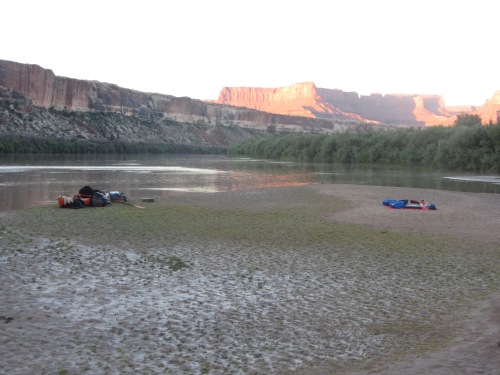
Sandbar campsite at Valentine Bottom, 22 miiles from put-in, 30 miles from confluence
The Sandbar and a Cat
On the sandbar I hear disturbances in the river, like the rising crescendo of released underwater bubbles. Curious, I put a fishing hook through hunk of smelly salami, secure about 30 feet of line to the boat, and heave the salami out into the river. Thinking it unlikely that I’ll catch anything I quickly forget about it and get back to my camp chores.
Minutes later I hear a slight ping and look up to see a taught line being pulled slowly this way and that. Visions of some great big river beast pop into my head as I jump over, grab the line and pull it in, hand over hand. A 14-inch catfish flops onto the sandbar, whiskers and all. In the debate in my head between fried catfish and cheesburgers, cheesburgers wins, and I toss it back into its muddy domain. My exquisitely delicious burgers are cooked on a cast iron pan over my stove complemented by fresh diced watermelon and a cold beer—yes you can take “stuff” on a river trip.
I decide to cowboy camp tonight–Southern Utah stars are dazzling. By the time I crawl into my bag crickets and frogs are making sweet music in the desert. I clap my hands and hear two echoes in the canyon. The river is quiet except for those catfish bubbles.
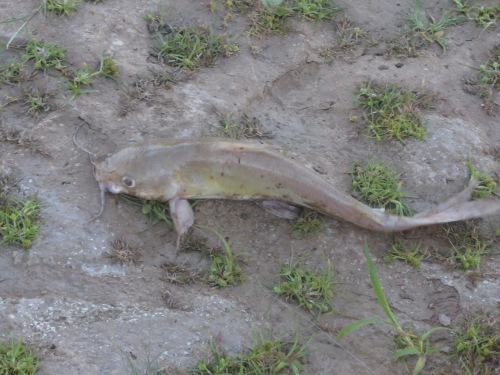
Catfish may be tasty, but they don’t look tasty. I set this one free.
Day Two on the River
Morning in the West: perfect air, perfect scenery, and perfect solitude. A heron is feeding at the head of my island as I cook a breakfast of eggs and pancakes. Upriver to the west a growing band of red sunshine is making its way slowly down a rock face.

I saw may of these beautiful Herons on the river
On the river today the canyon country tightens up a bit. Rock walls become closer and taller and yet the river maintains its lazy pace. I paddle less this morning and drift more.
By midday the calm is broken and that headwind kicks up again, earlier than yesterday. Before I know it I’m facing down two foot rollers. The flow of the river seems to be almost stopped by the wind and I’m forced to paddle hard to keep moving. I come to a beach on river left and stop for some lunch and rest.
The relentless wind kicks up plumes of sand into my cheese and salami. Desk-sized blocks of sand break from the bank and crash into the water like calving ice burgs. A party of five, two canoes and three kayaks, drift into view like ghosts. They battle the wind with stubborn nonchalance, content to simply bob in the waves when the wind is especially stiff.
I shove back into the river to make a run for the next bend and hopefully calmer conditions. Eventually the orientation of the canyon changes and the wind dwindles to a few blustery breezes.
By mid-afternoon I’ve found my campsite. It’s a big beach on the outside of a long left bend in the river. The close canyon wall drapes a nice early shade over the beach to cut the sun. It’s a great spot, but large enough to accommodate many more people. I realize that river etiquette requires me to offer the use of this place to any later parties. As I wander up and down my beach like a contented Robinson Crusoe I hope I will not have to share it.

Beach campsite, night 2, about 38 miles from put-in and 12 miles from the cofluence
The Beach and Padre
A group of four men come around the bend. They are paddling a contraption of two canoes with a platform fastened between them stacked with an enormous pile of camping gear. Shirtless, burley, and gruff-voiced, these look to be the saltiest group of guys on the Green. I can see that they are scouting my beach with envy.
Reluctantly I wave and call out to them with welcoming words. I’ve done my part, now the decision is theirs. They decide to stay. As they climb ashore, one-by-one, the last man off the boat catches my attention. He’s a tall ancient man. Shirtless with a good sized sagging spare tire around the middle, his leathery skin is the red-brown color of the Wingate sandstone of the canyon. His hair is a close-cropped helmet of thick blond-gray like the Navaho Sandstone that caps the Wingate. He looks like the canyon itself.
“Thank you for your hospitality,” he says, and then offers to share their liquor which is apparently of great abundance. I don’t quite know what to think of this odd bunch. At the moment I’m not thrilled that they are here. What was a quiet canyon is now filled with profanity-infused banter and I lament the loss of solitude. But, as I cook and eat my dinner, they start to seem less like prison escapees and a bit more like regular folks. I finish my dinner, grab my can of beer and saunter over. I’m welcomed into the crew with great enthusiasm.

My improvised river rock and fire pan cooking system. Only beach driftwood can be burned and fire pans are required.
“You guys been down this river before?”
“Well,” starts the second oldest guy in the group. “This would be my sixth trip down personally. Padre here’s been down a few times.” He motions to the ancient one. “Padre, how many times does this make for you?”
Padre stares at me for a moment, his large rugged head cocked a bit to the side, then says, “well, this would be number eighty for me.”
I believe he must be joking. “Eighty?!” I gasp.
“Yeah, well,” says Padre. “That’s over a span of about 40 years.”
Fascinated I lay into old Padre with question after question. He first visited the area as a teenager from Detroit on a family vacation in the 1950’s. They were greeted in Arches (then only a new and seldom visited National Monument) by Edward Abbey himself when Desert Solitaire was but a few passing thoughts in that young park ranger’s mind. Like many young men from the East who see it for the first time he was allured by the distances and vividness of the Western landscape. He was especially drawn to the big muddy river he saw flowing quietly through the canyons.
Fifteen or so years later he moved West, bought a seven dollar inflatable raft from K-Mart, and floated himself right into the Green River. He fell in love with this river and these canyons as a young man. And now, as an old man, he talks of the river and these canyons that he’s come to know so well with understatement and a tone of nostalgia, like a great adventurer who knows he can never capture in words the experiences he holds in his heart: “See that next little side canyon down there?” he says, pointing down the river. “I call that one the ‘candylands’ because of the bright colors and texture of the rocks up in there.” His voice trails a bit as he stares down his canyon. “Hard to get to.”
I lay awake for hours tonight watching the moon traverse across the sky between the canyon rims. Something about Padre’s story makes me especially proud of my country this night. What a beautiful life! What a beautiful place this is! What a beautiful country I live in! This is freedom. This is the America that I love.
Day 3 on the River
In four miles I come to a sweeping left curve in the river where Jasper Canyon comes in from the right. I find a place to tie up, hop out of the kayak, swap my water shoes for my hiking boots, and head up into the side canyon.
I never see the Anasazi granary that is supposed to be near the mouth of the canyon as I continue on an intermittent hikers trail into a tightening dry gorge. Nearly a mile up, I finally clamber over some ledges, around some stagnant but incredibly clear freshwater pools and into an astounding amphitheater. Above me is a huge circular overhang cliff with water drops drifting down from the lip. I scamper up ledges and get underneath the overhang and behind the drip-waterfall to watch single drops of water on seven-second free falls to the red rocks by my feet.
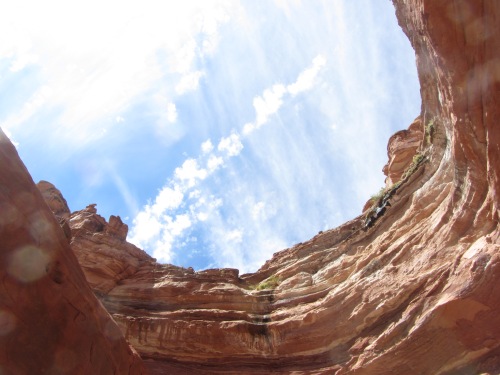
The head of Jasper Canyon, looking straight up at the circular amphitheater
Back on the river now the remainder of the afternoon is calm with glassy water. I play leapfrog with the five person crew I saw yesterday in the wind and, for a while, enjoy the bluegrass tunes I hear coming from one of their kayaks.
The river makes big turns here, but it’s always quiet and calm with that gentle drift through the canyon walls. The days have become progressively more enjoyable and I have a hard time believing it when I realize I’m within three or four miles of the Confluence with the Colorado and I’ve put nearly 50 river miles behind me.
I come to a spectacular beach on the inside point of a sharp right bend in the river. I decide this is where I will stay for my third and final night on the river.

My third and final campsite was a magnificent beach… But, I would not get to enjoy a night on this one.
Calamity
I walk aimlessly for a while along the white-sand beach. I notice next to my beach there is a big shallow eddie swirling around and I get the urge to cool off in the water. With no shirt or shoes, and my life vest sitting on my kayak, I wade into the river finding knee deep water out 20 feet from the bank. I’m not here to swim. I simply want to get down into that cool shallow water and float on my back. Sinking into the river, I relax immediately and gaze up to those reddish canyon rims. My dangling fingers find the sandy riverbed. Drifting. Slowly drifting, I feel the current pulling me back to shore, as expected. The bottom drops away from my reach, yet I linger in my float for a minute like a log adrift by the bank. Or so I think. I finally turn upwards to stand, but that sandy river bed is gone, nothing but water beneath me. As I calmly tread a quick reorientation reveals that I’m drifting away from my beach in the main river current. Still, I’m unconcerned as I turn towards the beach to swim lazily back to shallow water.
I take a few strokes and then attempt to stand again, expecting to feel that sand beneath my feat, only to find that I’m drifting farther into the middle of the river. Now I panic, and repeatedly, foolishly, try to swim the same line to the beach rather than turning downstream and letting the current work with me. The slow current is like a giant’s thumb casually pushing me away the more I try to push back. And, each time I try to push back I get more and more exhausted until I have nothing left. I’m at least a hundred feet from either bank now and the river feels a hundred feet deep. I feel like I just sprinted a mile, but there is no way to rest as muddy water laps at my chin and lactic acid turns my arms and legs to rubber.
The realization now comes to me–I’m about to die. How quickly this happened.
Panic is replaced by terror. Absolute silent terror. I have the urge to let out a primal scream but don’t have the breath for it. I can feel my eyes widen. I hear my own voice making involuntary blurts and gasps of fear, like a whimper. Like an animal’s whimper in the throes of death. My arms and legs are failing and my heart is pounding out of my chest. That muddy water, right there at my chin, is trying to end me. I’m going under… I’m going under… I’m gonna die…
Now my mind flashes with striking images of my family. My three-year-old daughter tells me she loves me in a pleading voice, clear as day. She’s tugging on my arm, wanting me to come with her. I feel her tugging on my arm. I see my wife, my beautiful, caring wife, sitting alone with a blank and sad stare. An intense emotion, like a sad yearning, hits me like a million tons of rubble. My body is giving up. My legs and arms are just heavy bags of sand that I can barely move. I’m heaving for air, but water then rises and I shut my mouth as I start to sink. This is it… This is it… Then something clicks. Stop fighting it and get on your back you idiot! Get on your back!
I lean back and just float, and just try to catch my breath. I heave for air violently, repeatedly, for what seems like a very long time, my eyes fixated on that red canyon rim. Gradually, I recover. A sense of calm returns. I have no idea where I am in the river, but I rationalize that the river bend is causing me to drift to the far bank. Just drift to that far bank. Just drift, you’ll get there.
A second wave of terror thunders over me when I finally turn to look for that opposite bank and find that I am no closer than before. The river seems immense and I’m an insignificant piece of waterlogged flotsam about to drift silently under the surface to eternal darkness. I see a vision of bleached white bones like driftwood on a winter sandbar—my bones, picked clean by ravens. But, my mind returns, once again, to my little girl and my beautiful wife. I can’t leave them. I get angry at this river. Fuck you, you bastard! Fuck this! The anger helps, bringing an intense determination to not be beaten by this river. I concentrate on staying afloat. I find calm again. The fear is there, lurking just under the surface. I say aloud, “I’m gonna make it.” I force myself to believe it and replay that defiant statement in my head over and over. I’m gonna make it… I’m gonna make it… I’m gonna make it. With renewed energy, I commence a backstroke, slow and steady this time, letting the current work with me, angling toward the far bank.
It works. When the bank is finally close I turn from my backstroke and jolt into a spasm of a side stroke. I strike the rising river bed with my left hand. Salvation. I claw my way up onto a steep muddy bank, and only then do I realize how extraordinarily exhausted I still am. I do nothing for ten minutes but lay there on that bank, my legs still in the water and my torso draped along the slope like an evolutionary fish emerging from the sea onto land for the first time.
A Creature of the Night
It’s about 4:00 in the afternoon. I sit on my muddy bank of salvation looking across and up the river to my kayak on that beach. The river is two football fields wide and I drifted a good quarter mile down. Attempting to swim back across is unthinkable. I find myself boxed in by two cliffs, one upriver and one down, that drop straight into the water. Between these cliffs, where I am, is a steep slope rising from the riverbank that is covered in a nasty tangle of thorny bushes, loose rocks and quite possibly home to rattlesnakes and scorpions. At the top of this slope, about 30 feet above the river and behind me, the vertical rock of the canyon rises hundreds of feet straight up. My only way out will have to be by boat rescue. Will anyone else come down the river today? I don’t know.
Assessing my situation I am all too aware that I have no shirt, no shoes, and no supplies. The sky has turned cloudy and looks to be darkening. If it rains at night, hypothermia is a certainty without shelter. So, I begin to seek shelter. My best chance of finding it is up along the base of the cliff behind me. I climb the steep slope in my bare feet dangerously clawing and pulling my way up through spiky vegetation on loose dirt. A slip could be catastrophic. I manage to make my way up to the cliff base. Along the base of the cliff there is a level two-foot wide shelf of earth. I see a dead Tamarisk growing from the slope, its tangled branches reaching up and over the shelf to the rock, forming a dense tunnel. Straight above, maybe 30 feet up, is a six-foot rock overhang. It’s a decent shelter and I consider this to be a lucky break. The sky is still cloudy. Will it rain? Please don’t rain.
I sit on a rock near the shelter looking up the river for boats. Nothing. The glow of sun behind the clouds creeps towards the canyon rim. With each passing minute it becomes less likely that anyone will come. I feel confident that I can make it through the night. But, I wish I had a shirt at least. And, now I catch a break–the clouds dissipate and late afternoon sunbeams burst through just above the canyon rim. Blue sky moves in behind the passing clouds. But, with the passing of one threat comes another–dehydration. I realize that once it is dark it will be nearly impossible to make it back down the treacherous slope to the river without a fall and likely injury. I need access to water. So, with reluctance, I decide to leave my shelter and return down the slope to a small flat sandstone ledge by the river. Drinking the river water, sediment and all, is a last resort, but I want the option.
Before I leave I take a closer look at a healthy prickly pear cactus to my right. The insides are edible and watery. I find a couple of sharp edged rocks and carefully manage to peel off the skin, spines, and stickers from one side of a plump lobe and scoop out the watery inside. It’s lime green and looks appetizing, but is almost tasteless. I eat as much of the juicy inside as I can reasonably scoop away, receiving valuable, if little, hydration.
Back down on my ledge, the day fades and Venus shines, always first, always brilliant. I stare across the river to my kayak and cooler, cold drinks inside. I feel like the Greek mythological king Tantalus standing in cool water he can never drink, under succulent fruit he cannot reach. That tantalizing cooler is so close, yet a universe away.
Just as night falls the near full moon appears over the rim and illuminates the canyon. Rocks glow all around me. I look up at that moon and recall something I often tell my daughter: The moon is made of cheese and there’s a man up there in that moon. He smiles down at us and makes the night peaceful. There is wisdom in folklore like this. It gives me comfort.
Within a couple hours from dusk the chills start to set in. The moon is now well up over the canyon and the Big Dipper is slowly pinwheeling behind the north rim. I’m already getting cold, and this is concerning with at least seven more hours of night to endure. With no clothes to put on nor tools to build fire, the only thing I can do is exercise.
I stand up and begin doing upper body calisthenics with my feet planted firmly. This keeps me warm, but I also use it to calculate time. I swing my arms in estimated one-second intervals—five sets of 60 for five minutes and then switch to a different movement for variety. After 15 or 20 minutes, my body is warm enough for 5 to 10 minutes of rest before shivers return and I start the process all over again. And, again… And, again, and again, deep into the night.
The experience is fantastically elemental–just me and the big night wilderness. I feel strange. The moonlit canyon is otherworldly and I feel as if I’m a grotesque creature perched on a ledge on some other planet.
Slow hours pass and the moon is now nearing the opposite rim. The Big Dipper is gone now, but the Teapot has made a grand entrance over the east wall directly above me. I know the early morning hours will be the darkest, coldest and weariest hours, but the daylight, warmth and rescue are on the other side.
I watch the moon depart behind rock and the canyon turns inky black. With no moon comes the full splendor of the galaxy. The Milky Way is a silk tapestry spread between the cliffs. The sky and the canyon walls are now equally black, the rock discernible only by the absence of stars. Below me the black river seems a bottomless abyss. I hear the occasional catfish in the night. Rising bubbles. Every few minutes a chunk of sand breaks from the dune across the river and an unnerving ker-PLAAAASSSHHH reverberates in the darkness.
The endless night continues. I want to sleep but can’t–too cold to stay still. Too much risk of slumbering off my ledge into the river. My mind is calm and strong, but with a tinge of foreboding loneliness and self pity. It’s dark. So, dark. If I only had a shirt. The night seems endless.
My calisthenics tell me the dawn is near and I begin to gaze across the sky expectantly for that first sign of light. Still blackness. But, I look up to see my teakettle and notice that I can no longer see the Milky Way. Soon a bluish hue emerges over the canyon to the south. Dawn is here!
My ordeal is nearing its end and yet the end is still so far away. It is the coldest time of day and I’m constantly shivering now. My mouth is like the sand of the desert and my throat burns with thirst. I desperately want a big stack of french toast. But, I know salvation is near and I resist the urge to gulp down liquid mud from the river.
The half-light and my weariness play tricks on me. I keep hearing a haunting woman’s voice upriver around the bend, but I know there is nobody there. Gradually the canyon enlightens. I see the first rays of sunshine ignite the highest pinnacles to the west—rock turning from dull gray to flaming red.

After rescue, looking back across the river to the area where I spent the night.
Safe Again
Sixteen hours after my near drowning the canoe drifts into view seconds after I hear the voices. Two men. I wave them over calmly, oddly feeling like I’m in a Monty Python comedy skit.
“Did you spend all night over here?” asks the younger man incredulously.
I hop clumsily on their cooler, feeling a wave of relief, and they paddle hard cross-current towards my kayak. We cross the swirl in the river where I nearly drowned and the canoe spins and dips. “Wow, that’s a strange current,” says the man in back.
I hop out onto that wonderful beach and shake the hands of my rescuers, thanking them again before they’re on their way. There is no crazy jubilation or mental collapse, just a calm sense of relief. I’m no longer Tantalus as I reach into that cooler and bring out an ice cold carbonated juice. I’ve never tasted anything so beautifully refreshing in my life.
It’s pick up day and I still have to paddle to the confluence by 10:00 am to be ready for the jet boat to take me back to Moab. Once on the water I make a point to relax and enjoy the final stretch. Back in bright, hot sun. So different from the cold of the desert night just hours ago. Before long the river curves right and I see across that broad bend a huge beach with a bunch of people straight ahead. Left of the beach another river comes into view, about equal in size to the Green and just as muddy. It’s the Colorado. I paddle out into what is now the Colorado River below the confluence and straight over to the lower end of the beach.
As I sit on a grassy bank waiting for the boat I look across the Colorado straight up the Green. The river curves and disappears into the ancient walls of the canyon. I know I left a piece of my soul there in that labyrinth. I believe that those still waters will run deep.
